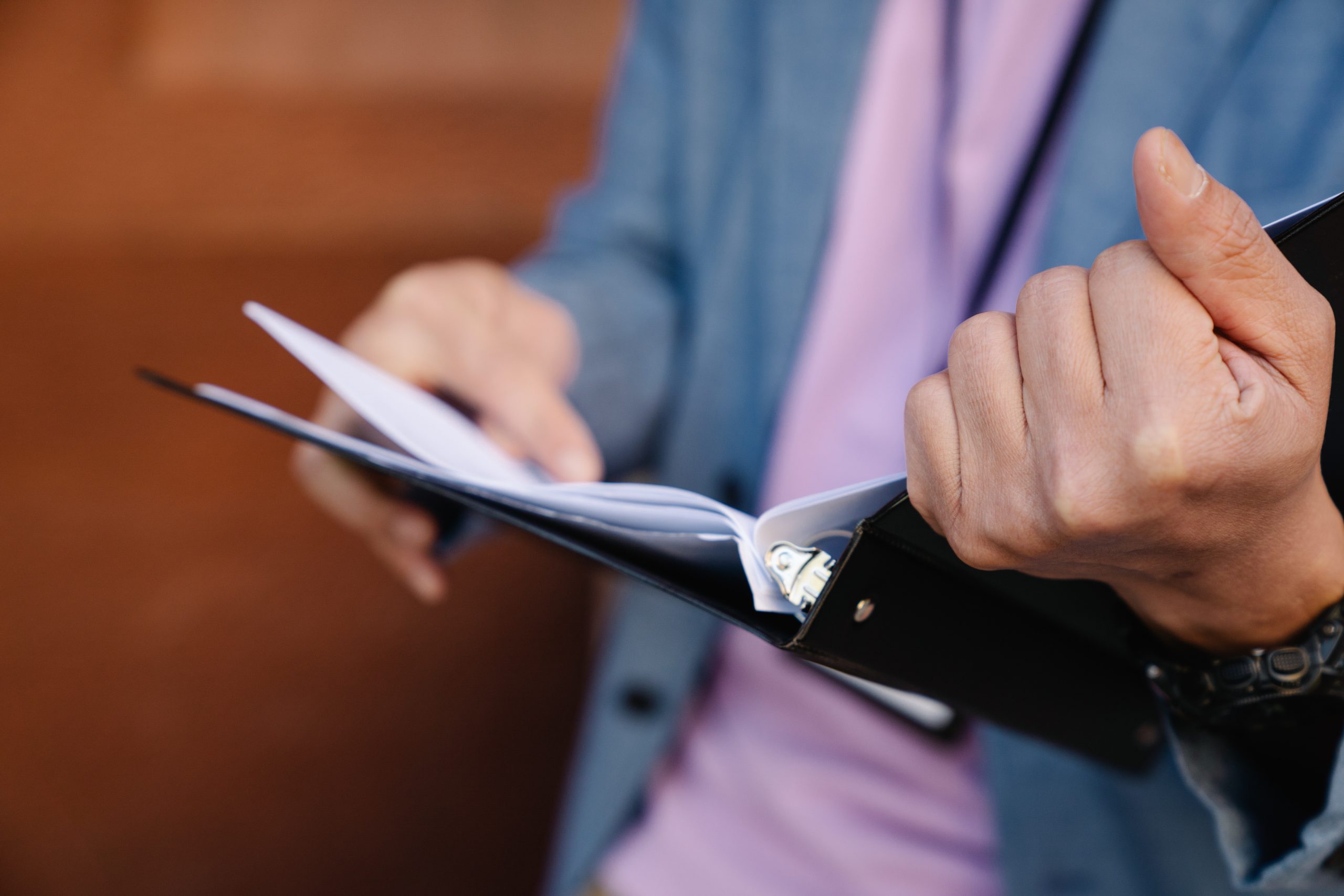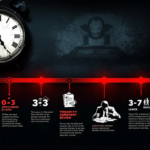If you own a rental home that you let to tenants for short periods of time or longer, you may want to consider having a rental binder available for your tenants. A rental binder contains vital information about the space they have rented, as well as information about local resources. Having such a binder can be a great way to increase your tenant’s satisfaction, as they’ll be able to refer to it when they have questions.
Why Is a Rental Home Binder Important?
If your space has some tricks to it (and most do), having a rental binder can help your tenants learn how to use certain items in the home that they may not be familiar with.
For example, if you have security within the unit, you may provide them with information on how to turn it off or on. You can also provide them with details related to the air conditioning or heating systems or how to use certain appliances.
Providing these details can help your tenants to have a smoother experience when staying at your property.
What Should Be Included in a Rental Binder?
A rental binder can be an excellent source of information for people new to your property or who don’t regularly live in the area and need information about the neighborhood and how to get around. Here are the best items to include within your rental binder:
Manuals for Equipment or Appliances
Any equipment or appliances included with the property should come with a user manual. This can include a television, a security system — even a coffeepot!
The more information your renter has on using items provided within the space, the better. This protects you from potential property damages and gives them the instructions that they need to ensure they benefit from certain property features.
Vendors or Repairmen
If your tenant is living in the space for the long term, having a list of contractors they can reach out to for help can benefit both of you. You can also provide them with your account information so that any repairs are billed to you as the landlord.
Landlord’s Contact Details
If something goes awry, you don’t want your renter to search fruitlessly for their landlord’s contact information. Including these details in a rental home binder can be an excellent reference for them if they need to contact you immediately. Contact information should be as detailed as possible. Include your home phone, cell phone, email address, and home address.
Tricks of the House
Most homes have some quirks that renters won’t be aware of unless they are told about them. For example, they may need to let the water run for a few minutes before taking a shower to avoid a freezing stream of water. Or there may be a specific way to lock the door that isn’t apparent to someone just stepping into the apartment.
Neighborhood Information
This is highly helpful for people who are new to the area or are short-term vacation renters. Neighborhood information should include the names and locations of grocery stores, main public transportation links, taxi drivers, pharmacies, and hospitals.
You can also include some top restaurants and shopping venues in the area. This can help your tenants settle in a bit quicker and enjoy their stay without poring over Google Maps.
Upkeep Schedule
Your rental property likely includes some chores that will need to be taken care of on a monthly or quarterly basis. This may include anything from changing out air filters to cleaning the ducts. If you expect your renters to take care of these items, you should list this in your rental binder, along with a schedule of when it should be done.
Where to Store a Rental Home Binder
You should store a rental home binder in an easily accessible and easy to reach location. In vacation homes that are rented for short periods of time, a landlord should leave the rental binder in a prominent location that the renter will see, such as a coffee or kitchen table.
For tenants living in your space long-term, it is best to leave the rental binder in a location such as a drawer or a kitchen cabinet where other information is stored.










